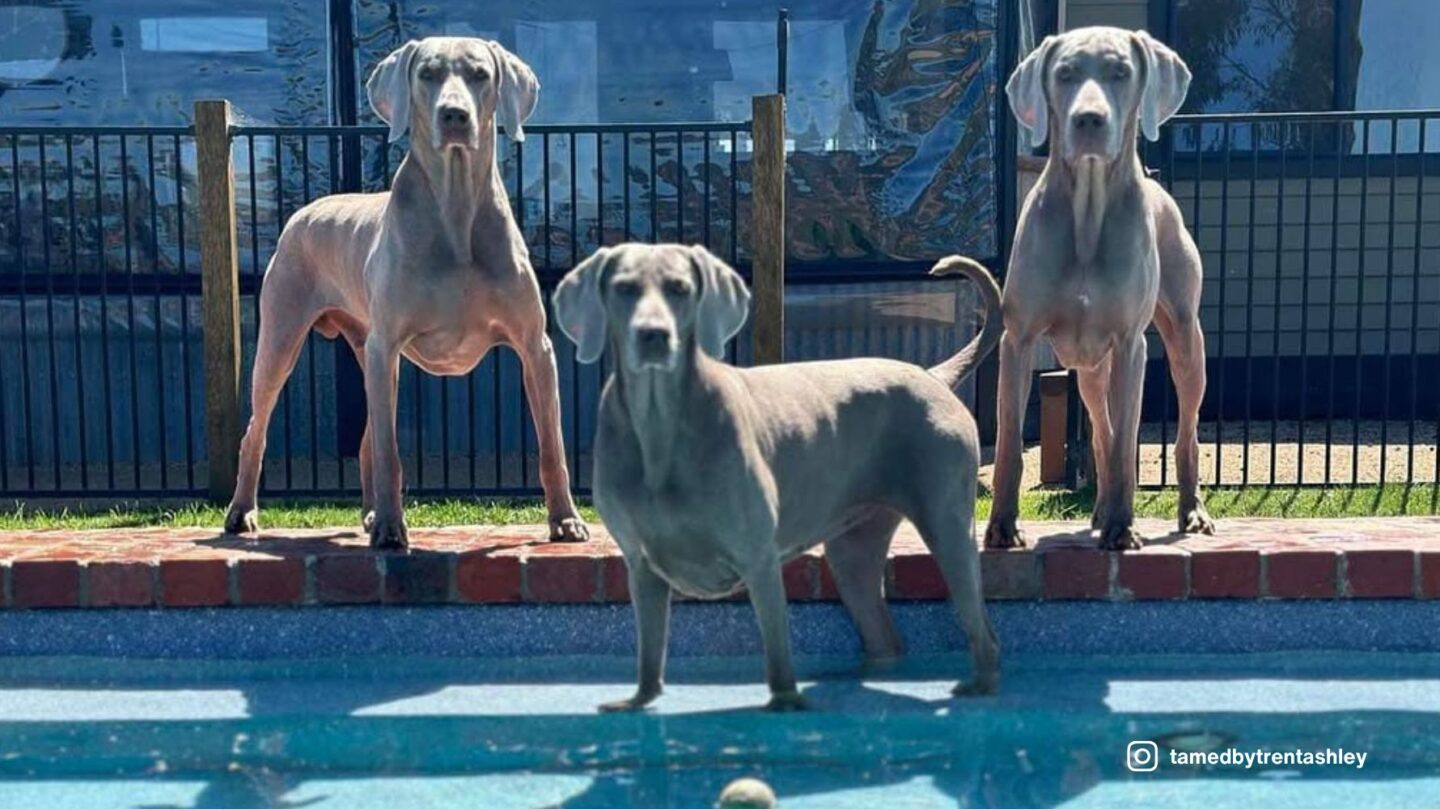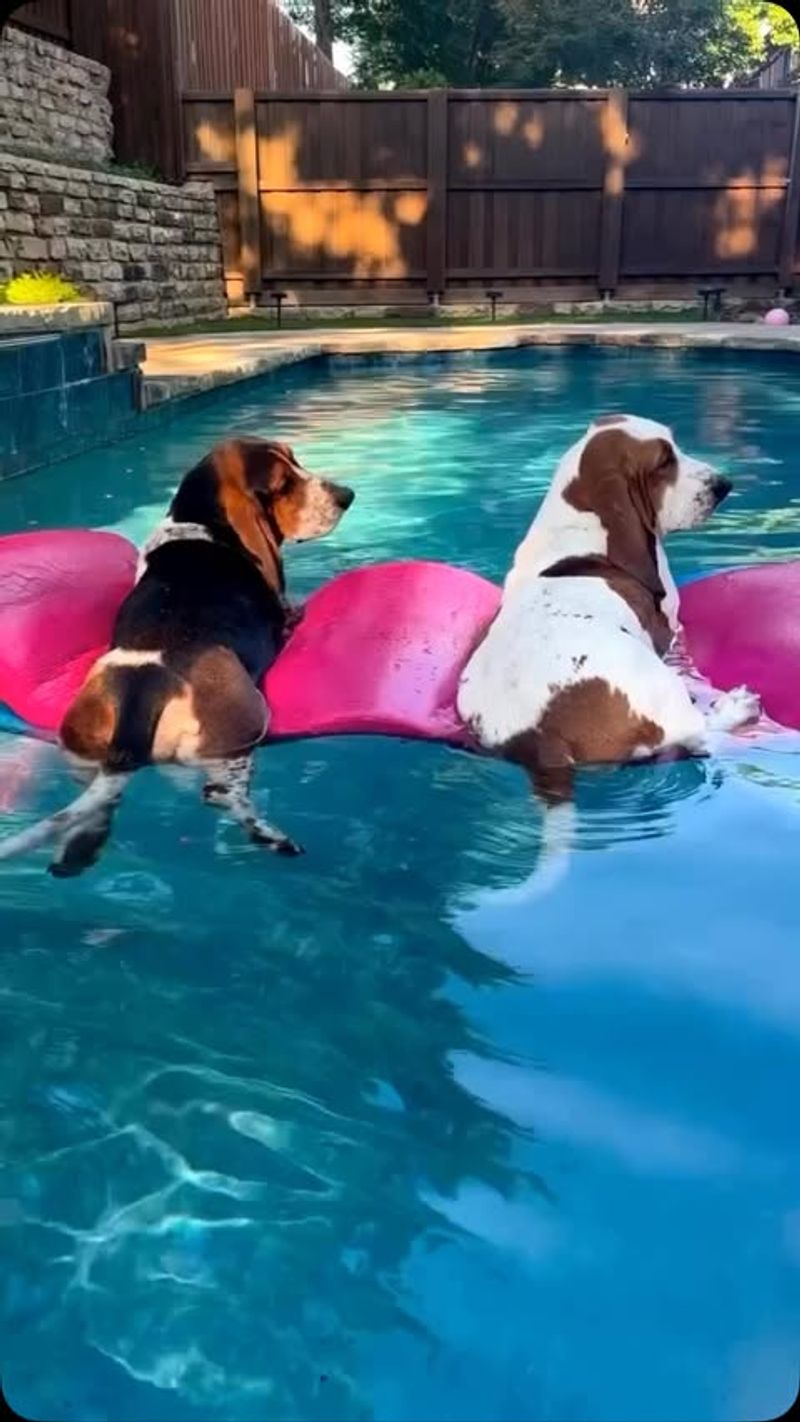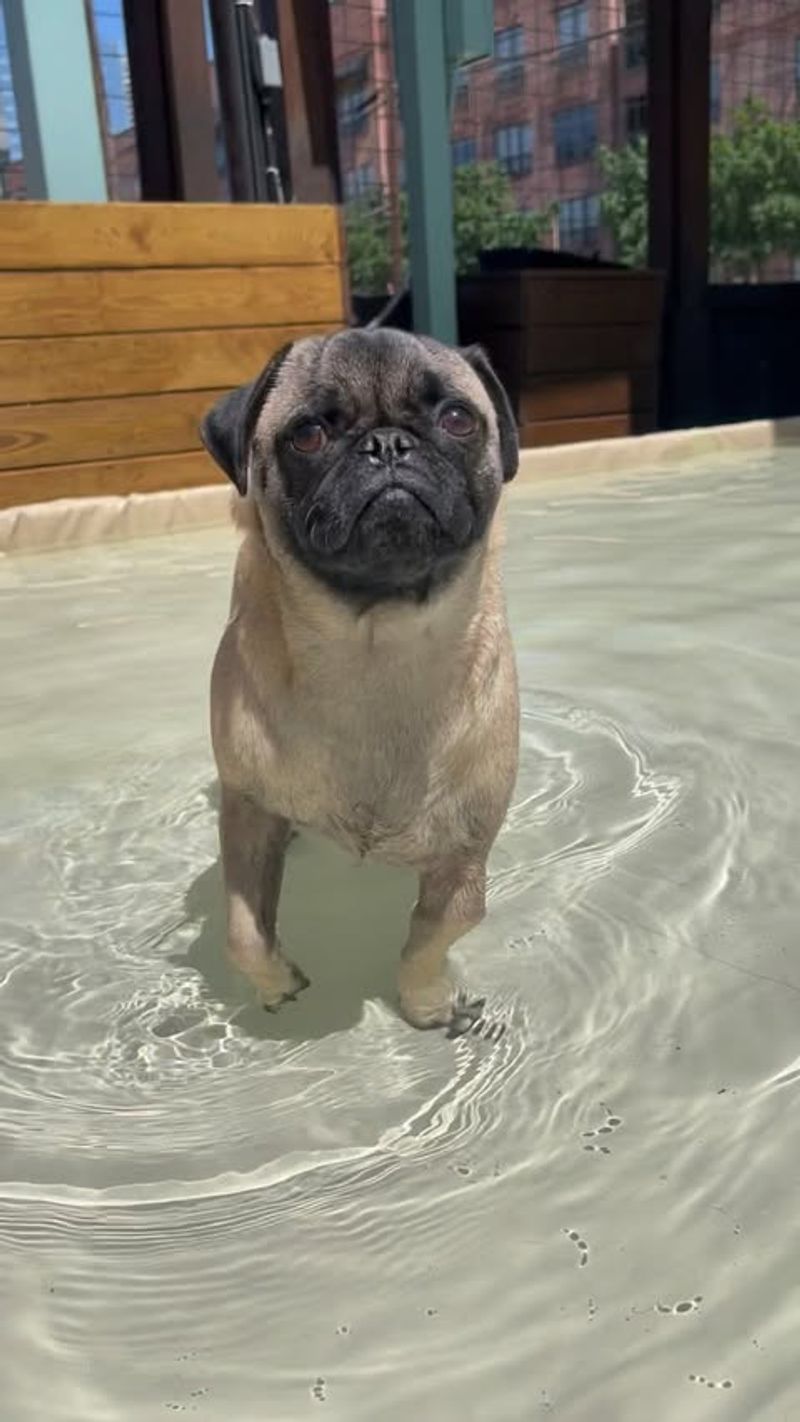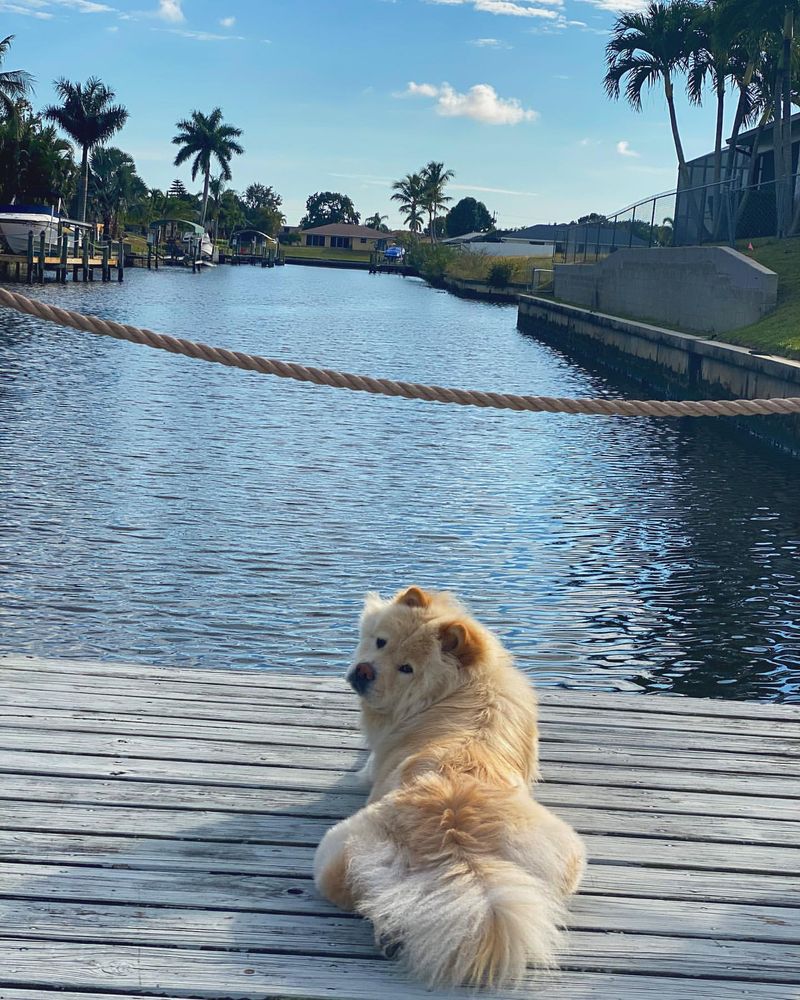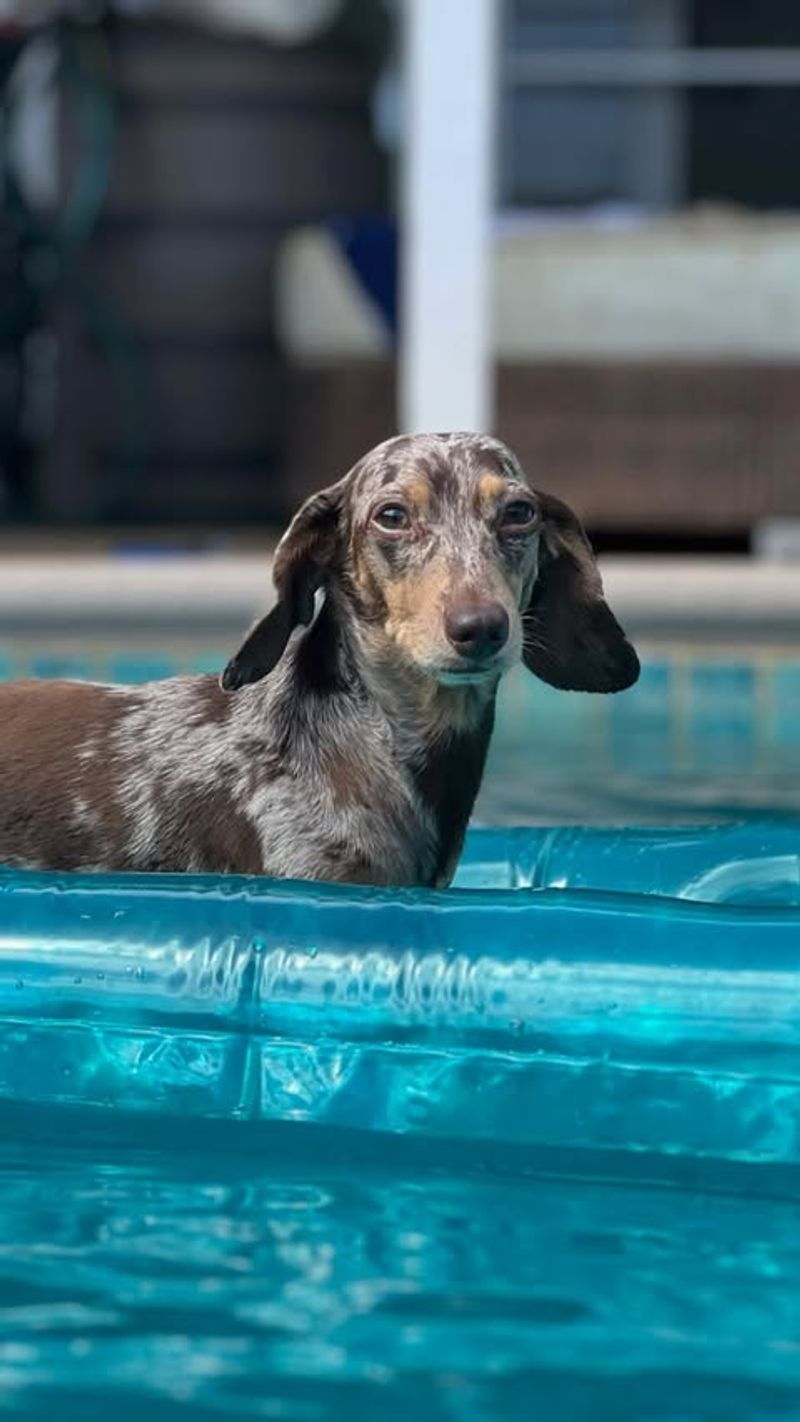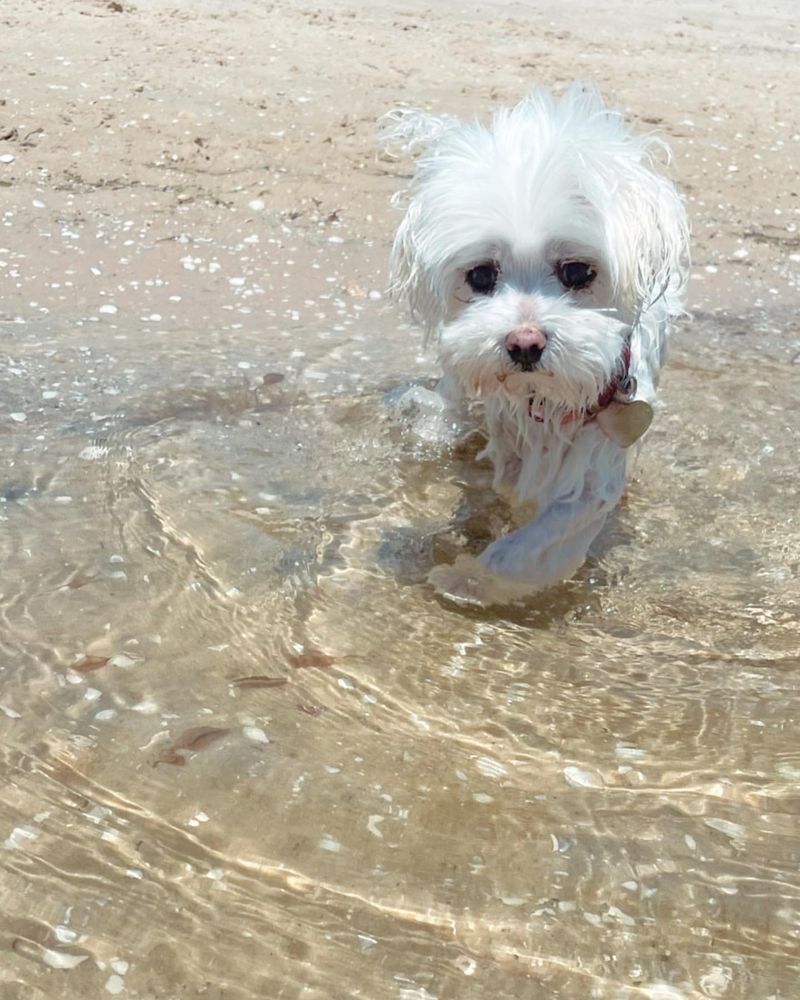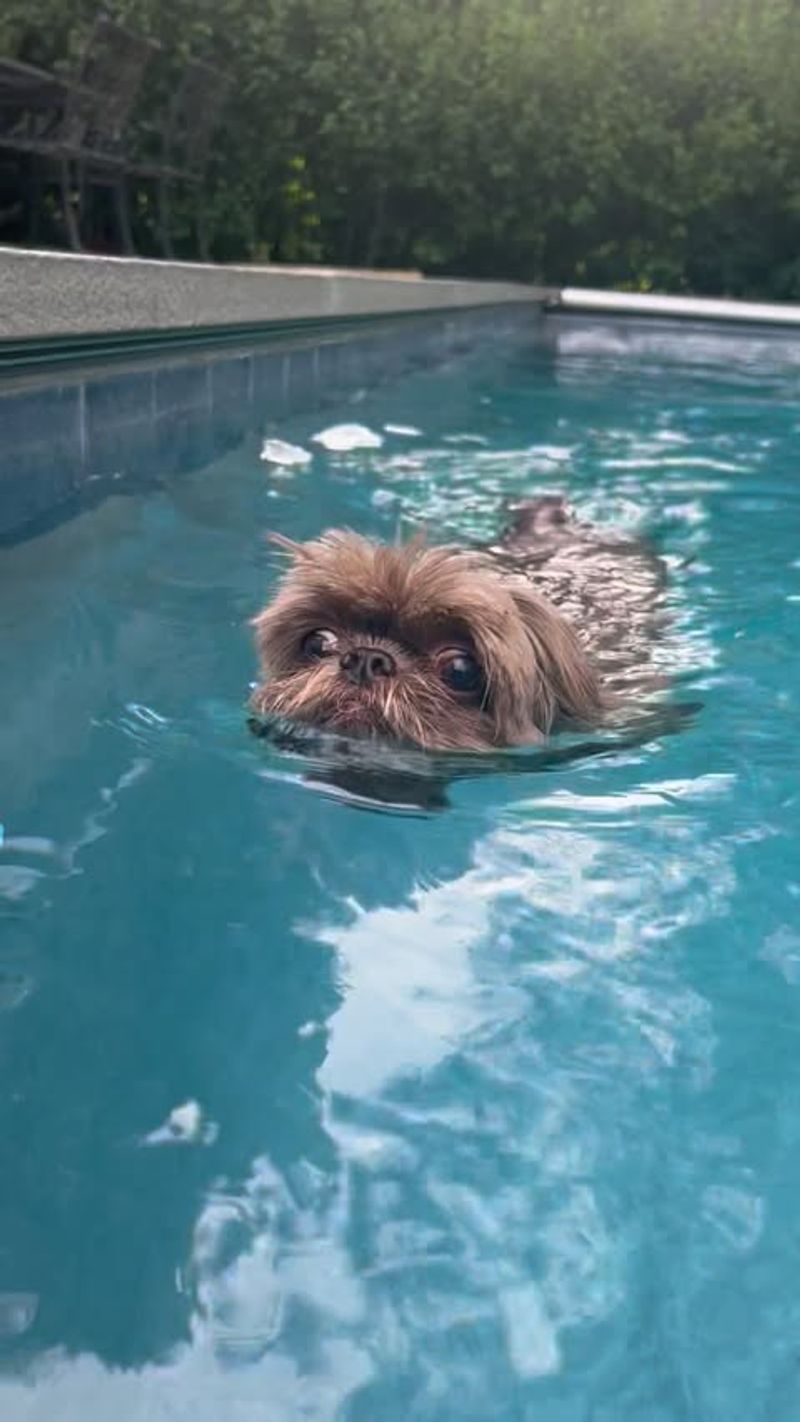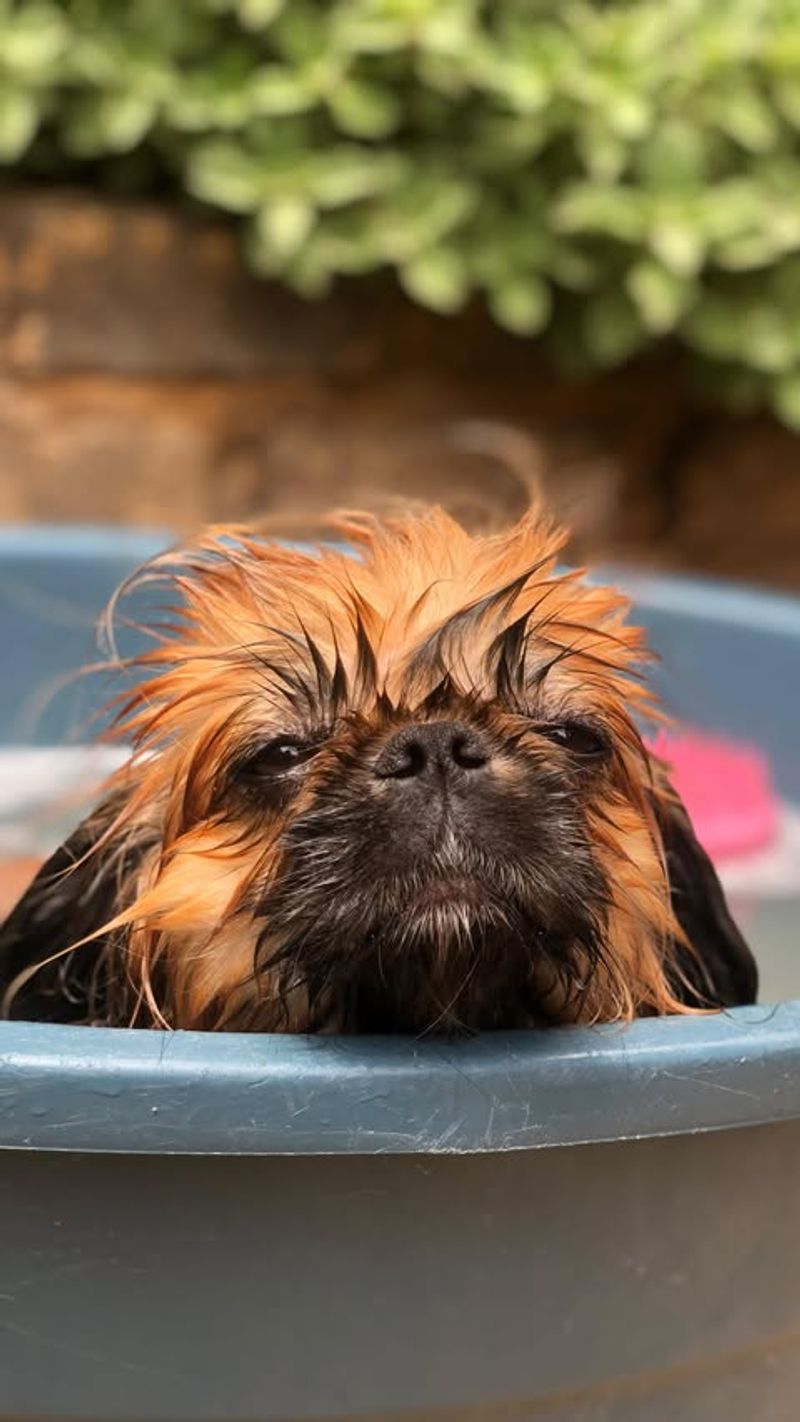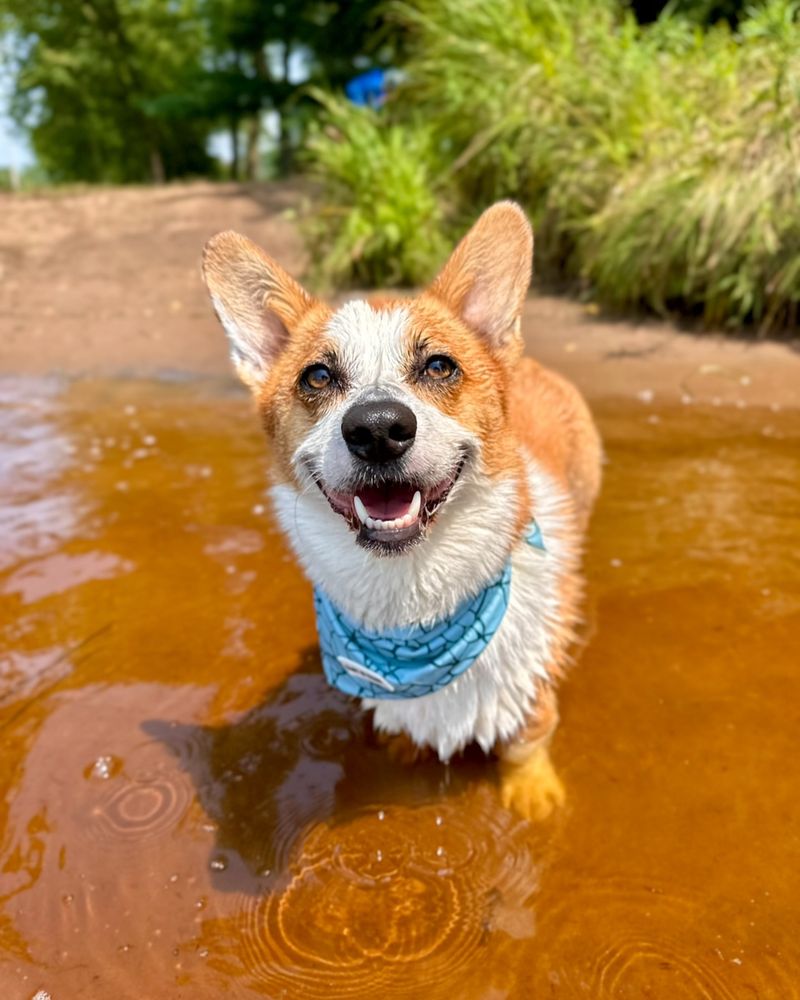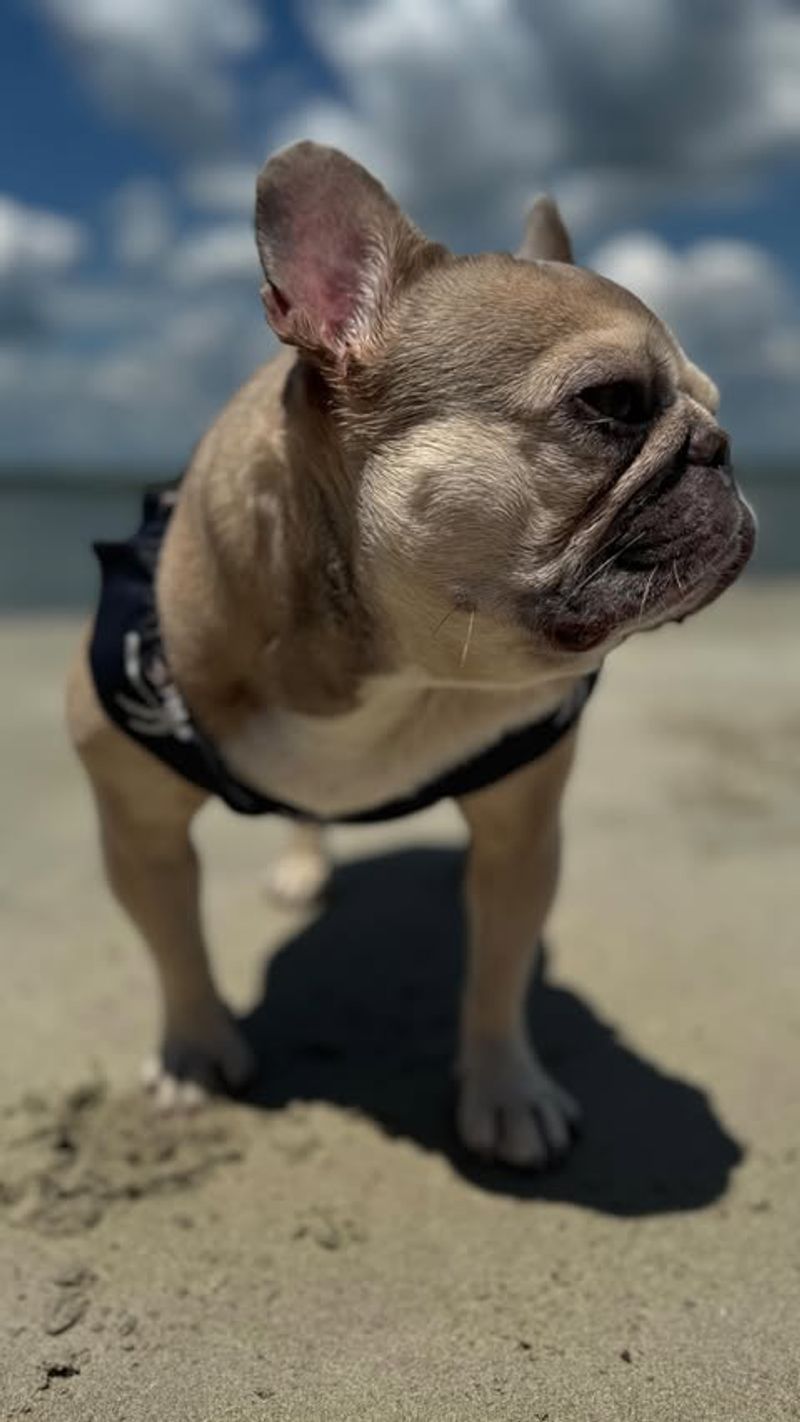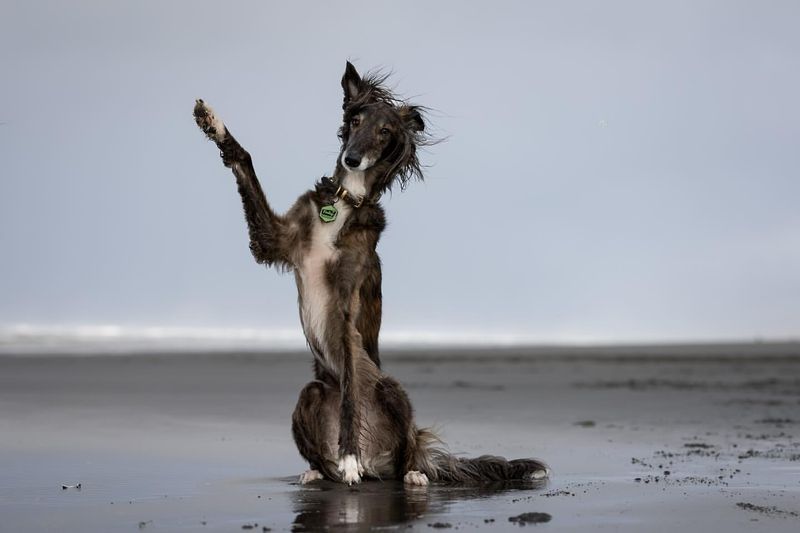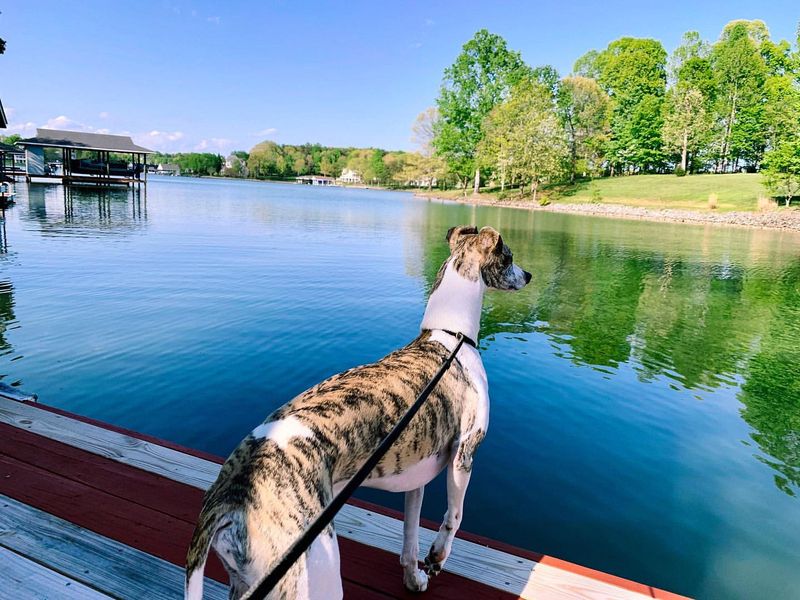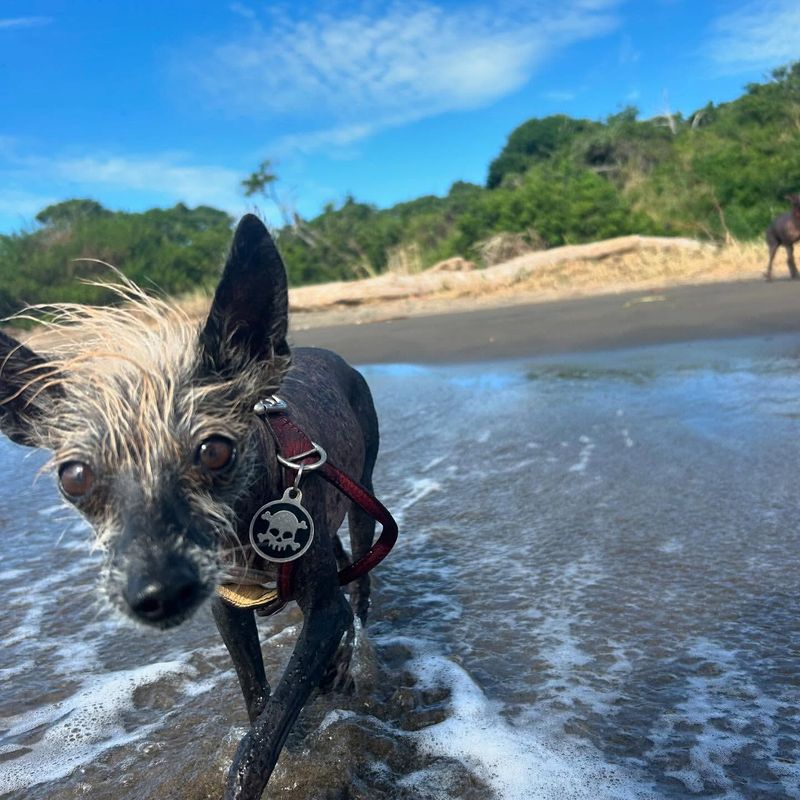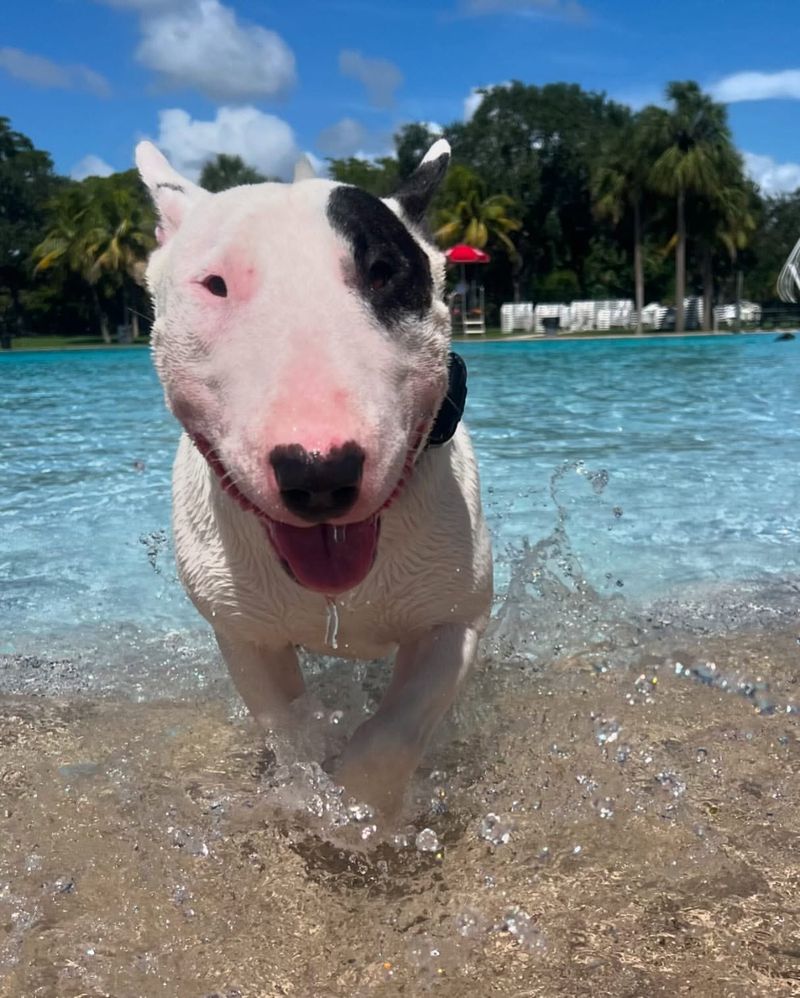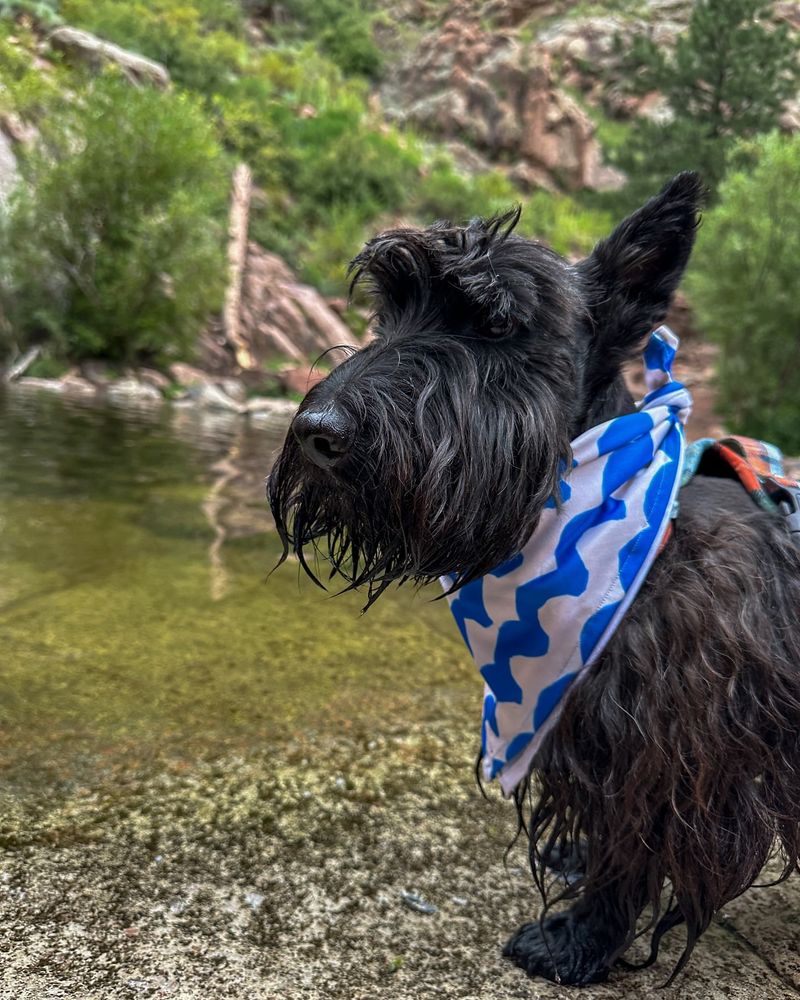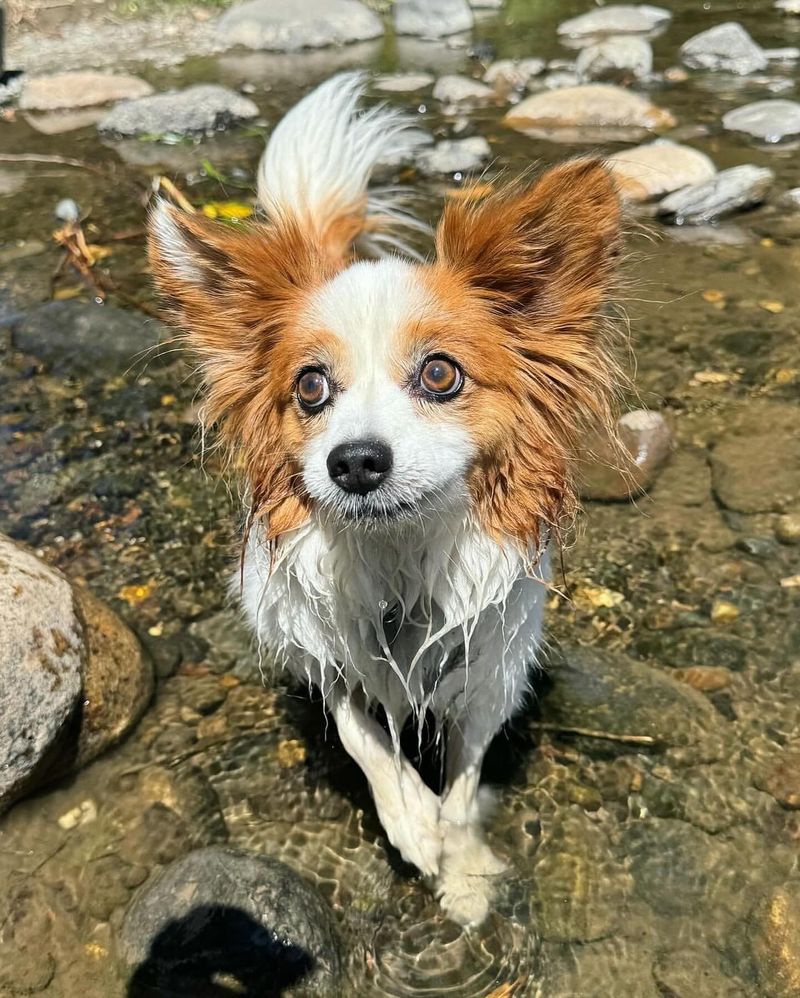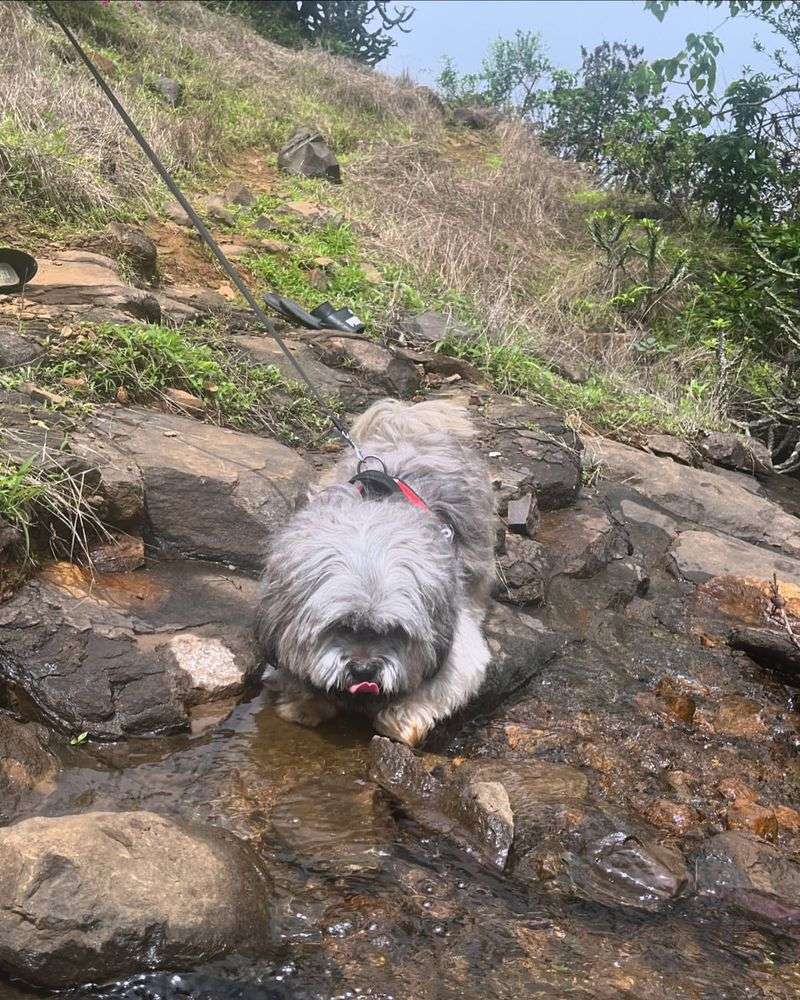While many people assume all dogs are natural swimmers, some breeds find themselves struggling in the water. Whether due to their physical build or lack of instinct, these dogs are not your typical swimmers. Let’s explore 11 unexpected breeds that may need a bit more help when it comes to water activities.
Bulldog
Bulldogs are known for their distinct appearance and gentle demeanor. However, their dense body and short muzzle make swimming a challenge.
With a barrel-like body, they are not as buoyant as other breeds. Their short legs provide little propulsion, making it difficult to stay afloat.
It’s best to keep bulldogs in shallow waters or provide a life vest if they’re venturing deeper. Bulldogs can enjoy water play with supervision, ensuring they stay safe while having fun.
Basset Hound
Basset Hounds are famous for their long ears and droopy eyes. Their short legs and long bodies make swimming strenuous.
While they may love water splashes, their dense bone structure challenges buoyancy. They often tire quickly when attempting to swim.
Owners should encourage play in shallow water and avoid strong currents. A life vest can also help them enjoy water activities safely.
Pug
Pugs are adored for their charming faces and lively personalities. Despite this, they aren’t natural swimmers.
Their compact bodies and short legs make it hard to paddle efficiently. Additionally, their flat faces can make breathing more difficult during exertion.
It’s wise to supervise Pugs around water and provide buoyancy aids. With the right precautions, they can enjoy splashing around safely.
Chow Chow
Chow Chows are admired for their lion-like mane and independent nature. Their heavy coat and stocky build can hinder swimming ability.
Their thick fur becomes waterlogged easily, weighing them down. Combine that with a straight hind leg structure, and swimming becomes taxing.
Keeping them in shallow water or providing a life jacket can ensure they stay safe. It’s important to let them enjoy water at their own pace.
Dachshund
Dachshunds have a unique, elongated body that isn’t ideal for swimming. Their short legs struggle to propel them effectively.
This breed’s long spine requires care to avoid strain, making vigorous swimming not advisable.
With proper support and a life vest, they can enjoy some water activities. Owners should focus on controlled environments like small pools or calm waters.
Boxer
Boxers are energetic and playful, yet water can be intimidating. Their deep chest and short snout create challenges in the water.
Despite their muscular build, they often lack the endurance for swimming. Supervision and swimming aids are essential when they are near water.
Gradual exposure to water can help them become more comfortable. With patience and protection, Boxers can learn to enjoy the water.
Maltese
Maltese dogs are small and dainty, known for their silky coats. These coats become heavy when wet, posing a challenge for swimming.
Their small size also makes them vulnerable to stronger currents, so shallow areas are preferable.
Owners should always supervise their Maltese and consider using a life vest. With caution, they can play in water while staying safe.
Shih Tzu
Shih Tzus have a distinctive appearance with their long, flowing coats. These coats add weight when soaked, making swimming hard.
Their flat faces can also complicate breathing during water activities.
It’s crucial to supervise them closely and keep them in safe, shallow waters. A life vest can provide added security during playtime.
Pekingese
Pekingese dogs are known for their regal appearance and abundant coat. While they may enjoy the water’s edge, swimming isn’t natural for them.
Their heavy fur becomes cumbersome when wet, and their short legs make paddling difficult.
Providing a life jacket and supervision ensures a safe experience. They can enjoy splashing by the water while avoiding deeper areas.
Corgi
Corgis are beloved for their playful nature and short stature. Their short legs and long bodies don’t lend well to swimming.
Despite their enthusiasm, they aren’t the strongest swimmers and can tire easily.
It’s best to equip them with a life vest and supervise them in shallow waters. With proper care, Corgis can join in water fun safely.
French Bulldog
French Bulldogs are trendy for their charming looks, but water isn’t their forte. Their compact, muscular build makes swimming difficult.
The short snout adds breathing challenges, particularly during exertion.
Owners should ensure they wear a life jacket and are supervised at all times near water. With these precautions, French Bulldogs can safely enjoy water play.
Greyhound
The Greyhound, known for its speed on land, might surprise you when it comes to swimming. Despite their agility, these slender dogs can struggle in the water due to their low body fat.
Their lean physique doesn’t provide much buoyancy, making swimming a tiring task. Owners should provide flotation devices to ensure safety.
Though they might paddle valiantly, Greyhounds often prefer to stay dry on the shore. It’s essential to introduce them to water gradually, ensuring a positive experience to build confidence.
Afghan Hound
The Afghan Hound’s gorgeous flowing coat is its trademark, but it can also be a hindrance in water. The long hair becomes heavy when wet, which can weigh them down.
Their aloof nature doesn’t help, as they may be hesitant to enter the water in the first place. Patience and gentle encouragement are key.
Swimming isn’t their strong suit, but with training and the right conditions, they can enjoy a dip. However, owners should always supervise and be ready to assist.
Whippet
Whippets, cousins to the Greyhound, share similar challenges in the water. Their low body fat and sleek build make staying afloat a challenge.
They might be eager to try swimming but quickly tire without proper support. Using a life jacket is advisable to help them enjoy aquatic activities safely.
Their love for sprinting doesn’t translate to swimming prowess, so patience and encouragement are essential when introducing them to water.
Chinese Crested
The Chinese Crested, particularly the hairless variety, can be quite wary of water. Their lack of fur means they get cold quickly, which can be uncomfortable for them.
While they are agile and playful on land, swimming isn’t instinctive for this breed. Proper gear like a fitted life vest can help.
Socialization in water should be gradual, with lots of positive reinforcement to create a pleasant experience. It’s important to monitor their time in the water to prevent chilling.
Bull Terrier
Bull Terriers are robust and energetic, but their stocky build isn’t ideal for swimming. Their dense muscles can make buoyancy challenging.
They often approach water with enthusiasm but can quickly find themselves out of depth. Encouraging them slowly can help build confidence.
With the right support, such as flotation devices, Bull Terriers can learn to enjoy water activities, though supervision is always recommended.
Scottish Terrier
Scottish Terriers, with their dense coats and short legs, find swimming a bit of a challenge. Their fur becomes saturated and heavy, making it difficult to stay afloat.
They might approach water with curiosity but are cautious swimmers, preferring to wade rather than dive in.
Owners should provide swimming aids and monitor them closely to ensure safety. Building positive water experiences can help them enjoy time by the water’s edge.
Papillon
Papillons, known for their distinctive ears, might find swimming a tad daunting. Their lightweight bodies can be an advantage, yet their small size can be a disadvantage in deeper water.
They’re energetic and willing, but without proper support, they can tire easily. Life vests can aid their buoyancy and boost confidence.
Gradual introduction to water with plenty of encouragement helps them enjoy swimming safely.
Lhasa Apso
Lhasa Apsos, with their long, flowing coats, may struggle with swimming. Their fur can become cumbersome when wet, making movement in water challenging.
Despite their independence, they can be hesitant to swim, often needing coaxing and reassurance.
Using flotation devices and shallow water introductions can make the experience more enjoyable. Supervision is crucial to ensure they feel safe and comfortable.
